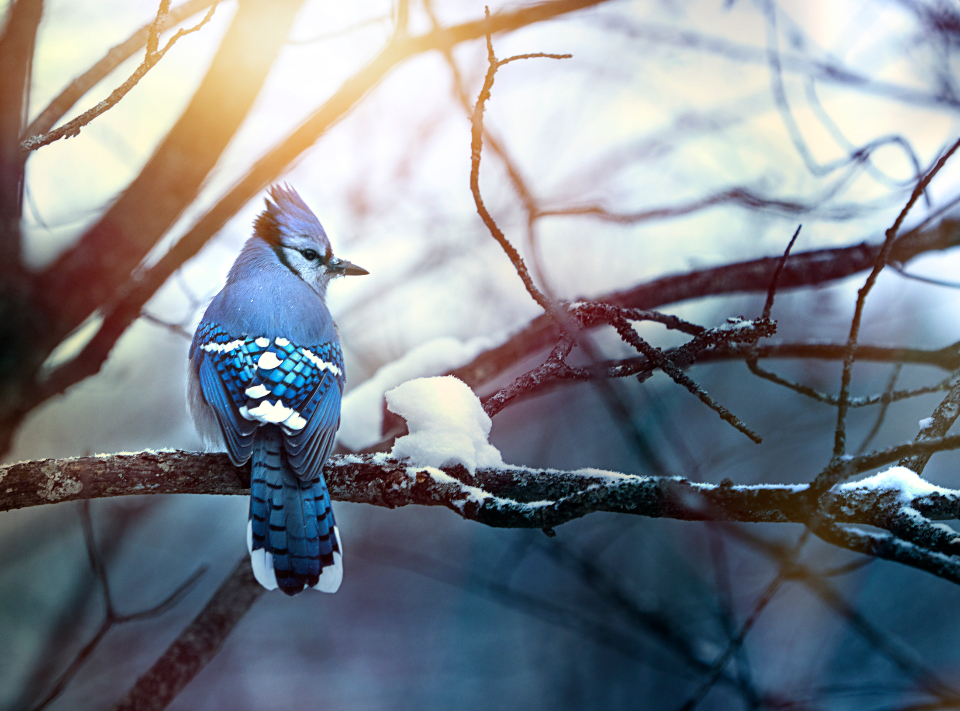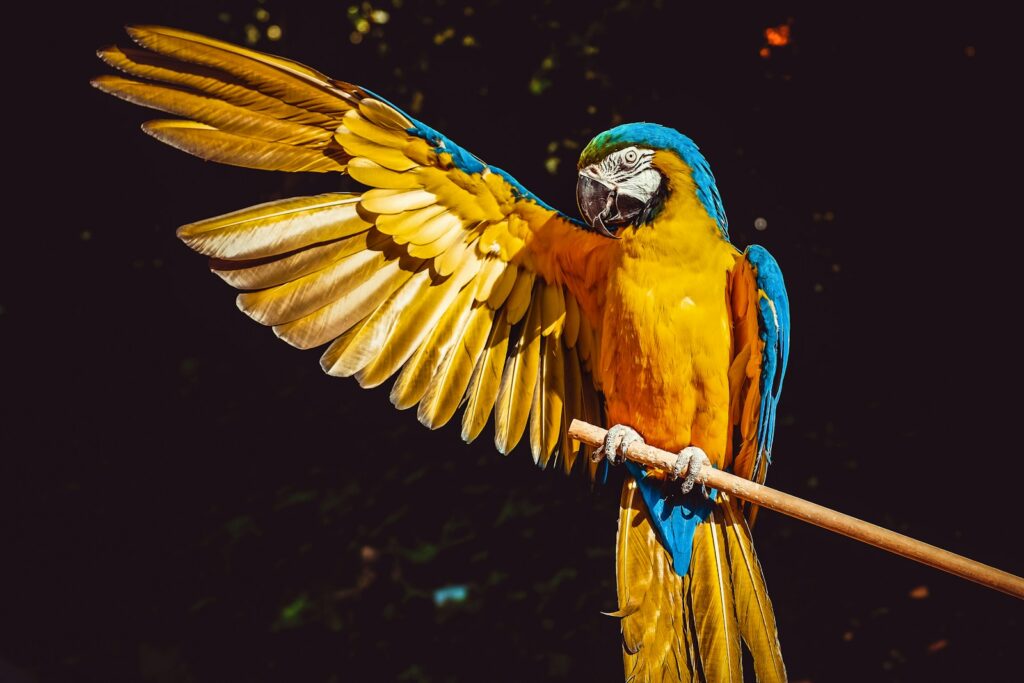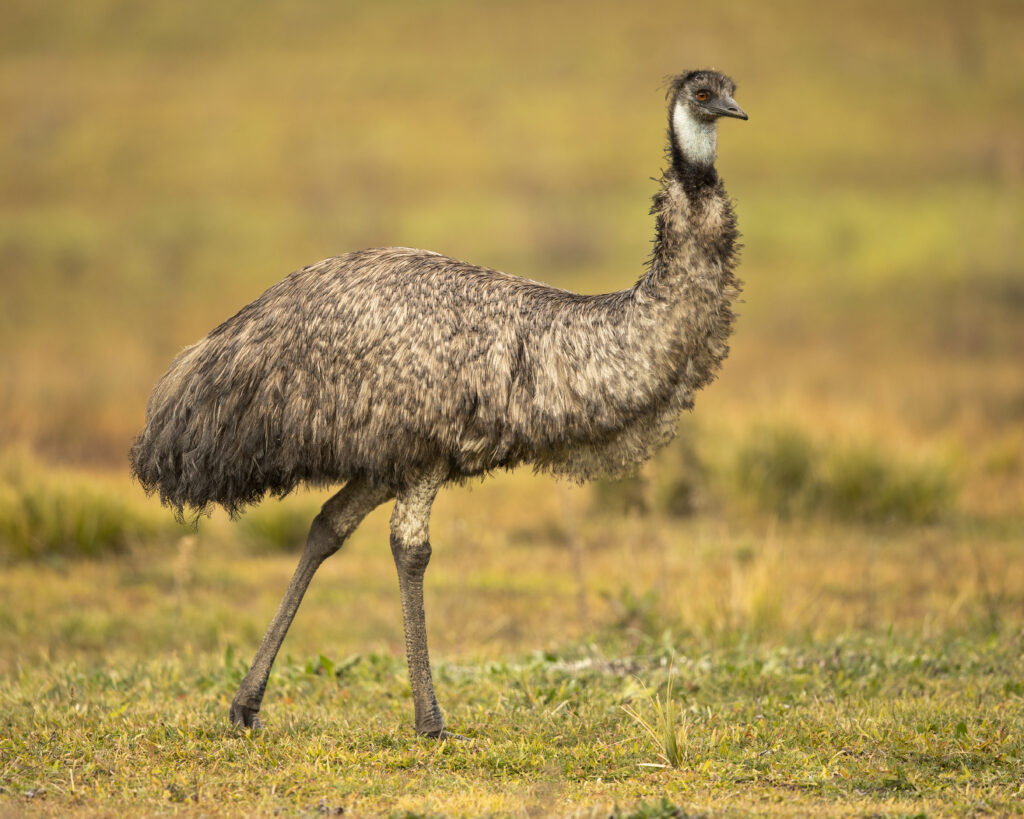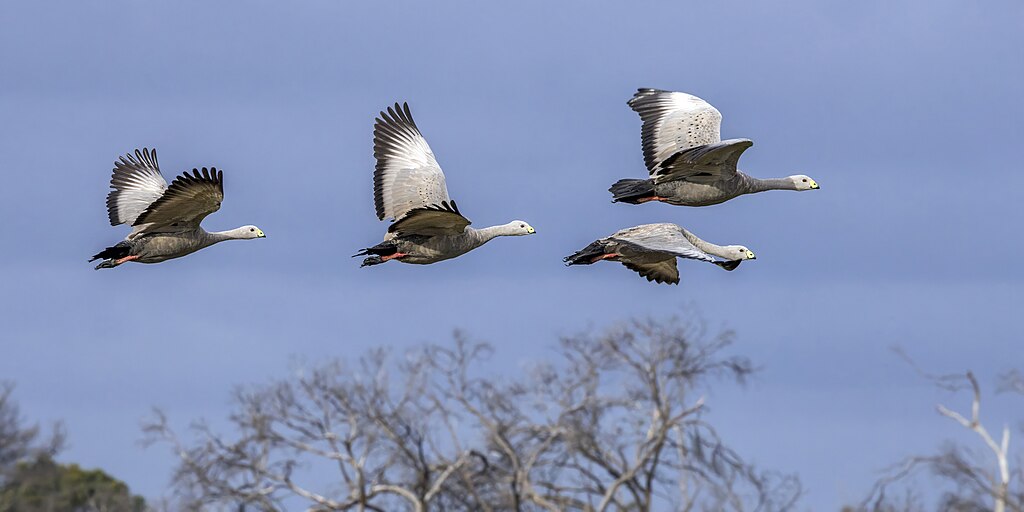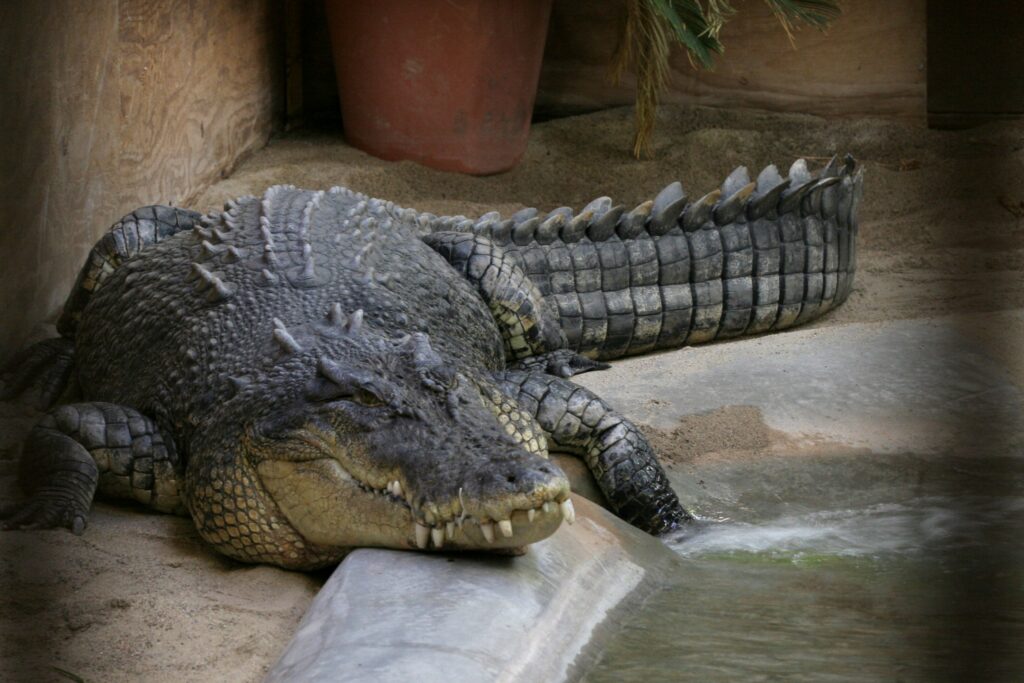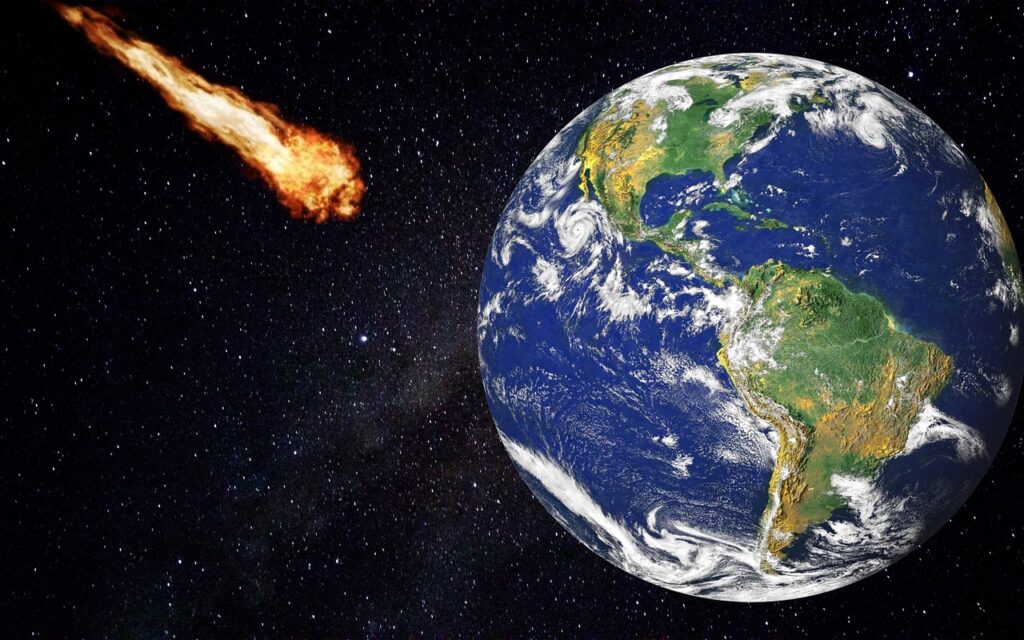Microraptor vs. Pigeon: A Flight Comparison Across Eras
Flying across the sky, birds are a testament to the wonders of evolution. But the ability to conquer the air didn’t emerge overnight—it developed through millions of years of adaptation and refinement. Two fascinating creatures—the ancient Microraptor from the Early Cretaceous period and the modern pigeon—offer a compelling window into the evolution of flight. Despite ...


